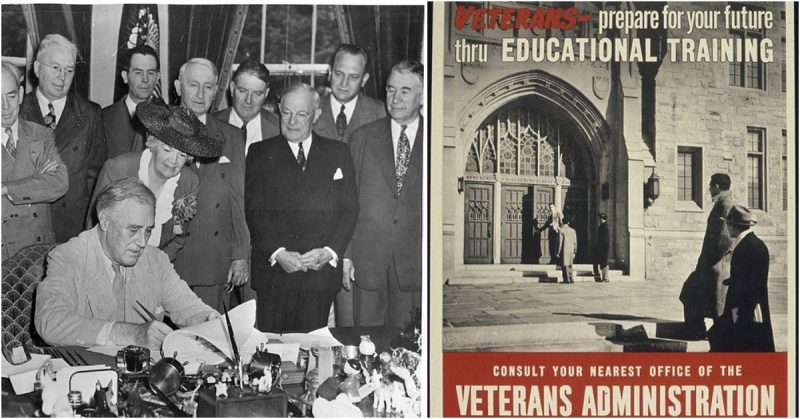Having learned its lesson from the thousands of disgruntled veterans left out to dry after the Great War, the United States government worked to ensure the millions of veterans returning from the Second World War would be provided with plenty of financial and medical assistance should they need it.
The government also made sure that, should those soldiers pay the ultimate price for liberty, their next of kin would be provided for in their stead.
To this end, the US government established GI Insurance. Soldiers could sign up for cost-free $10,000 life insurance policies. The legislation stated:
“Any person on active duty with the armed services since June 27, 1950, shall be automatically insured by the government against death in the amount of $10,000. The insurance shall continue for 120 days after the person’s release from active service.
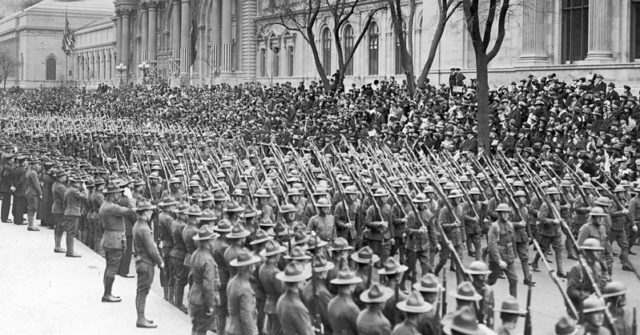
“In case of death, the indemnity shall be paid to beneficiaries in equal monthly installments of 120 payments with interest at the rate of 2 1/4 percent annually.”
Eligible beneficiaries were described in the law.
Families of all the men who died in the line of duty since June 27, 1950, would be entitled to receive $10,000. The retroactive feature would apply no matter where the death occurred, provided it was in the line of duty.
This large sum went far above the amounts from the Great War which were, at most, $1,500.
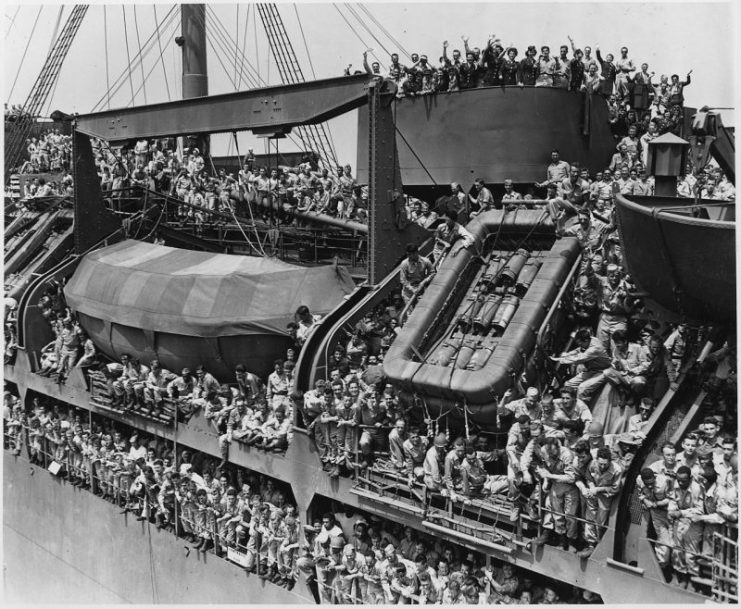
Twenty-two million people enrolled for GI Insurance during World War II. The insurance program was just one of many benefits incorporated into the GI Bill, enacted to ensure the veterans of World War II would not suffer like those of the Great War.
Over $4 billion would be spent on post-war veteran unemployment benefits alone. Even into the twentieth century, $33 million remained unclaimed in veteran benefits, not just from the Second World War, but even from as early as the Great War.
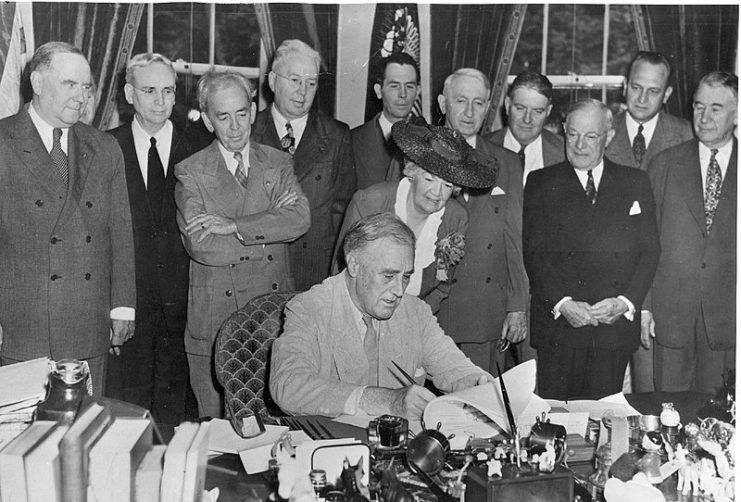
All told, the United States government spent over $6 billion in benefits for World War II veterans and their next of kin. The benefits paid to veterans of the Second World War topped any other amount of benefits paid to veterans by a significant margin.
In the Great War, veteran benefits stood at a little over a tenth of what would be paid out in the next world war.
The sheer numbers involved in World War II are part of the reason for this, of course. In no other war did so many people don military uniforms to fight for the United States. The sheer numbers involved would, of course, translate into larger sums spent on benefits and the like.
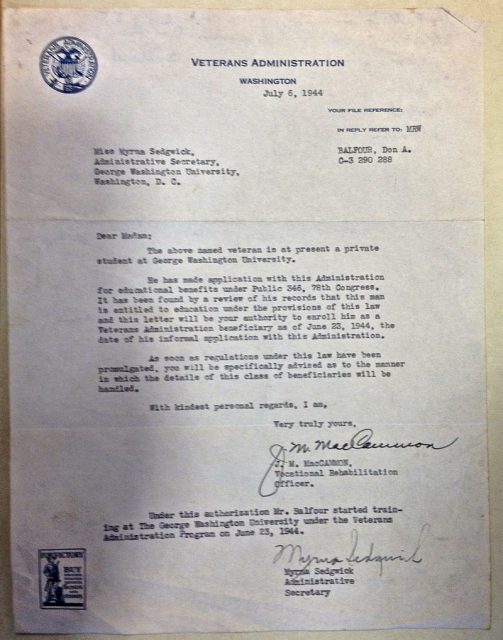
Still, the costs can be a significant portion of military spending, as one economist pointed out when he remarked how “since the Civil War, at least a third of the federal budgetary costs associated with warfare have been decidedly long-lived. Direct military spending still accounts for the majority of war-related spending, but veterans’ benefits represent a significant minority that follows a very different life cycle, namely the relatively long remaining life spans of veterans and their survivors.”
Having learned the lessons of the Great War and the thousands of veterans who returned to civilian life only to find themselves unable to regain their jobs or seek education, the United States government ensured that the millions of World War II veterans would be adequately prepared after the war.
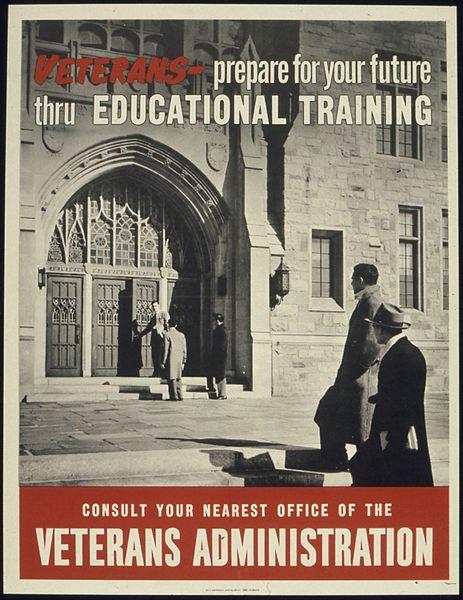
For those who gave their lives in service to the nation, the government worked to ensure that their next of kin would be provided for.
Though an expensive effort, the money spent ensured the years after the war would prove revitalizing to the economy which was just recovering from the Great Depression. More than that, it ensured the veteran’s efforts and sacrifices would be properly recognized.
